class k fire definition
The superior fire fighting capability of the Wet Chemical agent is placed exactly where you aim it with no chemical residue to clean up. These variables organize fires into five fire classes.

Types Of Fires Kidde Fire Safety
Forming a soapy foam on the surface of the hot cooking oil holding in the vapors and steam and smothering the fire.

. They are one of the more dangerous fires to combat and they are common in commercial kitchens. Ordinary solid combustibles such as paper wood cloth and some plastics. While the fixed extinguishing system is intended to be the primary means of extinguishment at least one portable fire extinguisher is also required to be provided in the kitchen area.
However for complete extinguishment class A fires should be entirely cooled down below the ignition temperature of the burning substance. Class K Class K fires involve cooking oils and fats. Wet mist containing chemicals such as potassium carbonate potassium acetate or potassium citrate that mix with the cooking grease create a blanket that cools the.
What is a Class K Fire Extinguisher. It is a chemical reaction involving fuel. There are separate standards for the United States Europe and AustraliaThis is used to determine the type of extinguishing agent that can be used for that fire class.
Class K fire extinguishers work by saponification. The relevant graphics and letter designations that accompany these classes are specified by NFPA 10 the standard for portable fire extinguishers. Fire is the rapid oxidation of any combustible material.
Greases cooking oils vegetable fat and animal fat are. There are four classes of fires. Class K fires arise from flammable liquids used for cooking like vegetable and animal fat-based oils and greases.
It could be furniture or fixtures and. Safeopedia Explains Class A Fire. Certain fire classes use different fire.
Cooking fires are fueled by a wide range of liquid cooking materials. Signage is required at the extinguisher. These fires are typically started when someone leaves a pan unattended.
When Class K elements reach a high. A fire class is a system of categorizing fire with regard to the type of material and fuel for combustionClass letters are often assigned to the different types of fire but these differ between territories. Class A fire ratings indicate a flame spread rating.
This helps users to select an appropriate fire. Class A Ordinary Combustibles Class B Flammable Liquids and Gasses Class C Electrical Class D Flammable Metals Class K Cooking Oils and Greases. Irrespective of the causes of ignition a class A fire burns solid fuel.
A Class C fire is a fire that involves electrical equipment electrical appliances or electrical wiring. Electrical failure from appliances electronic equipment and wiring. The five classes of fire are.
It is one of the five classes of fires along with A B D and K. Electrical equipment appliances and wiring in which the use or a nonconductive extinguishing agent prevents injury. Class-K Fire Extinguisher.
Extinguishers in kitchens need to be Class K to be appropriate for use on the cooking medium. If you are an avid cook in your home they are likely a hazard in your residential kitchen too. A class K fire extinguisher should also be used in conjunction with a fire suppression system.
There are a lot of variables that determine how a fire starts grows and is put out. Liquids or gas such as alcohol ether gasoline or grease. This classification of fire is done based on the combustible material that can possibly catch fire accordingly the safeguards against such.
A class 1 fire rating is the best fire rating of materials that can be achieved. The Models B260 and B262 are the ideal KITCHEN USE fire. Minimizing the splash hazard.
Technically a type of liquid fire Class K fires are distinct enough to warrant their own classification. Available in two sizes - 6 liter or 2½ gal. The fire classification system is designed to categorise fires into groups based on the type of fuel involved.
Class K fire extinguishers specifically use extinguishing agents that separate and absorb the heat elements of the firethe fuel heat and oxygen necessary to start a fire. A Class K fire extinguisher is used on fires involving cooking media fats grease and oils in commercial cooking sites such as restaurants. CLASSES OF FIRE TYPES OF PORTABLE FIRE EXTINGUISHERS INSPECTION MAINTENANCE OF FIRE EXTINGUISHERS IN UNIVERSITY BUILDINGS 10 PURPOSE 11 To provide an overview of fire extinguisher use and maintenance.
Sometimes they are lumped in with Class B but they are their own beast. At Getz Fire Equipment Company we can provide you with advice on the use of these effective. Each of the fire classes is represented by a letter of the alphabet with the exception of electrical which are simply referred to as electrical fires and an icon.
Example could be paper and cardboard common in offices and manufacturing. The National Fire Protection Association NFPA categorizes fires by class. Class A fires are fires involving solids ie it uses solid fuels.
These types of fires involving cooking oils such as in deep-fat fryers. At Getz Fire Equipment Company we can give you advice on the specific type of fire. Saponification takes place when alkaline mixtures are applied to burning cooking oil or fat creating a soapy foam on the surface that holds in the vapors and steam and extinguishes the fire.
Flammable liquids such as alcohol ether oil gasoline and grease which are best extinguished by smothering. It can be extinguished either by water foam or multi-purpose dry chemical powder. A Class K fire is defined as a cooking fire involving combustion from liquids used in food preparation.
A class K fire extinguisher is used to control fires involving cooking media such as oils fats and grease commonly found in cooking places such as commercial restaurantsThese fire extinguishers work through saponification to extinguish. The 5 main classes of fires are categorized by what caused the fire or what the fire uses as fuel and are as follows. However European and Australian categories slightly differ jump to the international comparison chart.
Class F Fires Class K Fires The areas use F or K for the class of fire. Solid materials such as wood or paper fabric and some plastics. Fire extinguishers are classified depending on the type of fire that they will extinguish.
Flammable Liquids and Gases. Class K fire extinguishers offer improved fire control for cooking fires by. - with attractive stainless steel cylinders and easy to use hose and spray application nozzle.
A process known as saponification Cooling the appliance and the hot cooking oils. 20 DEFINITIONS 21 Fire. They are caused by energized electrical elements such as damaged power cors or overloaded electrical outlets.
A class K fire extinguisher is necessary to have close by in order to effectively suppress and defeat the fires that are most likely to occur in these locations.
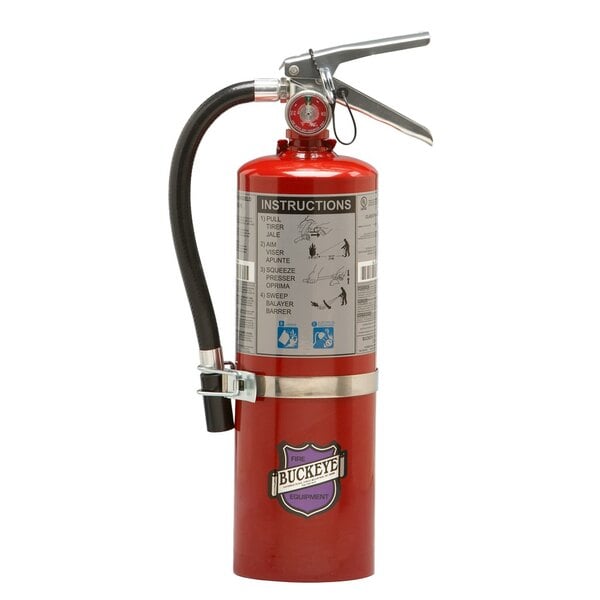
Guide To Fire Extinguisher Sizes Types Ratings

The Five Classes Of Fires And The Fire Extinguishers That Stop Them Strike First Usa

Different Types Of Fire Extinguishers Used On Ships
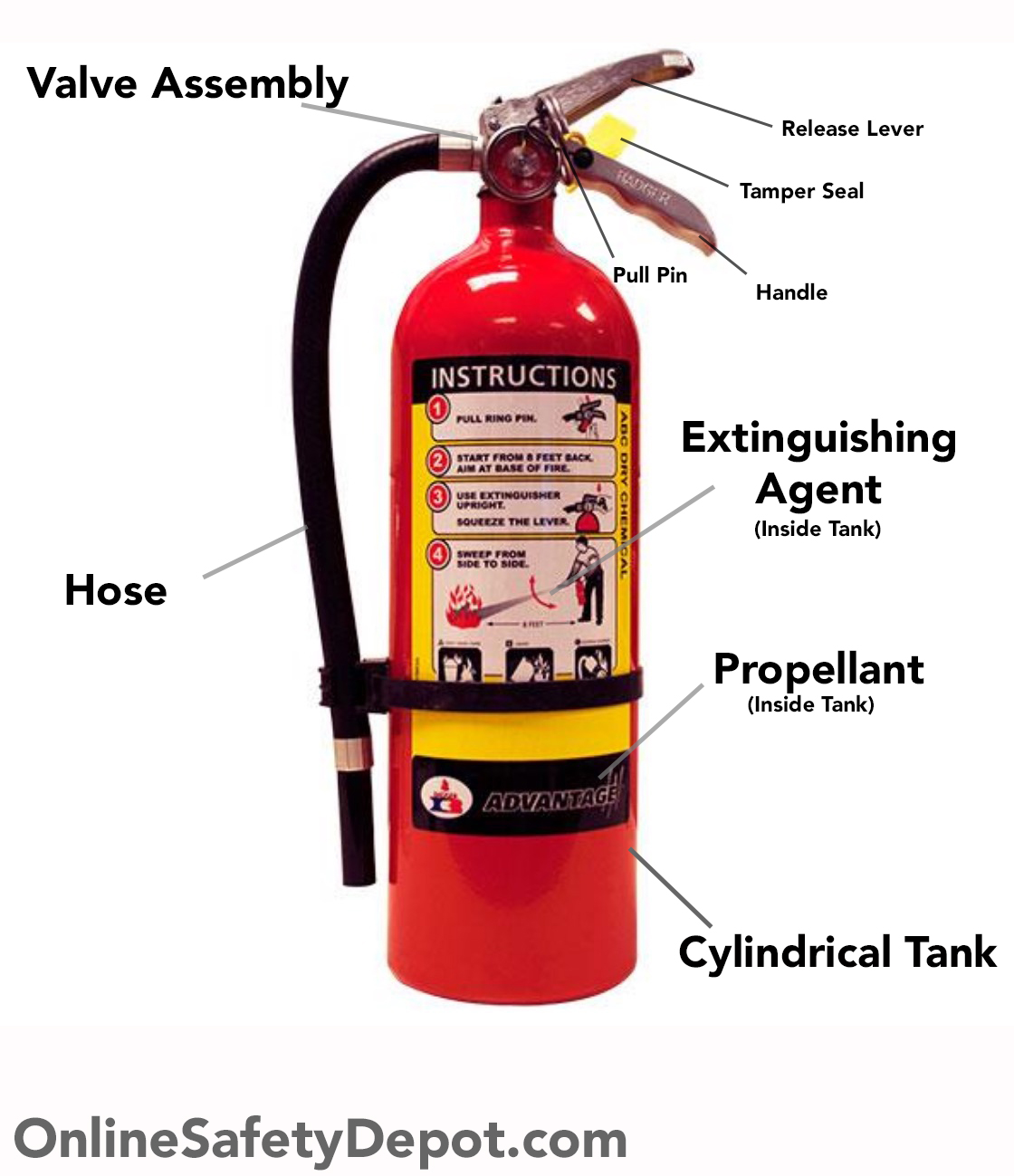
Parts And Components Of A Fire Extinguisher Diagram For Handheld Portables

Abcs Of Fire Extinguishers Fire Prevention Services The University Of Texas At Austin

The Five Classes Of Fires And The Fire Extinguishers That Stop Them Strike First Usa
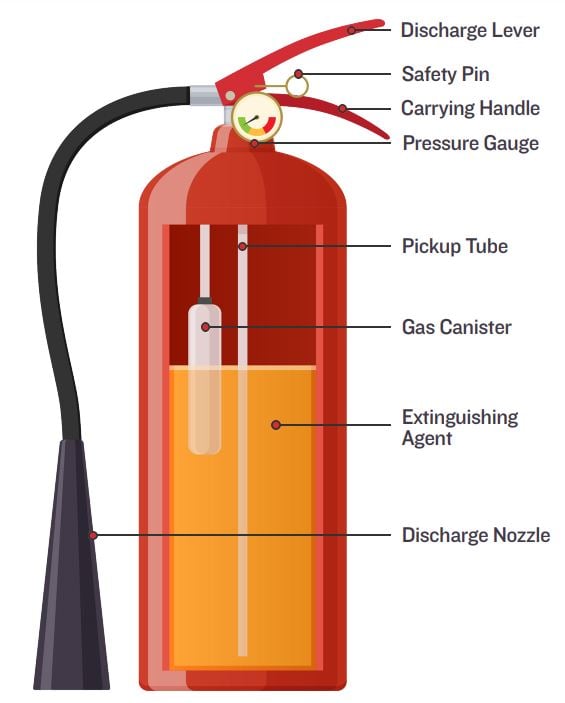
Guide To Fire Extinguisher Sizes Types Ratings
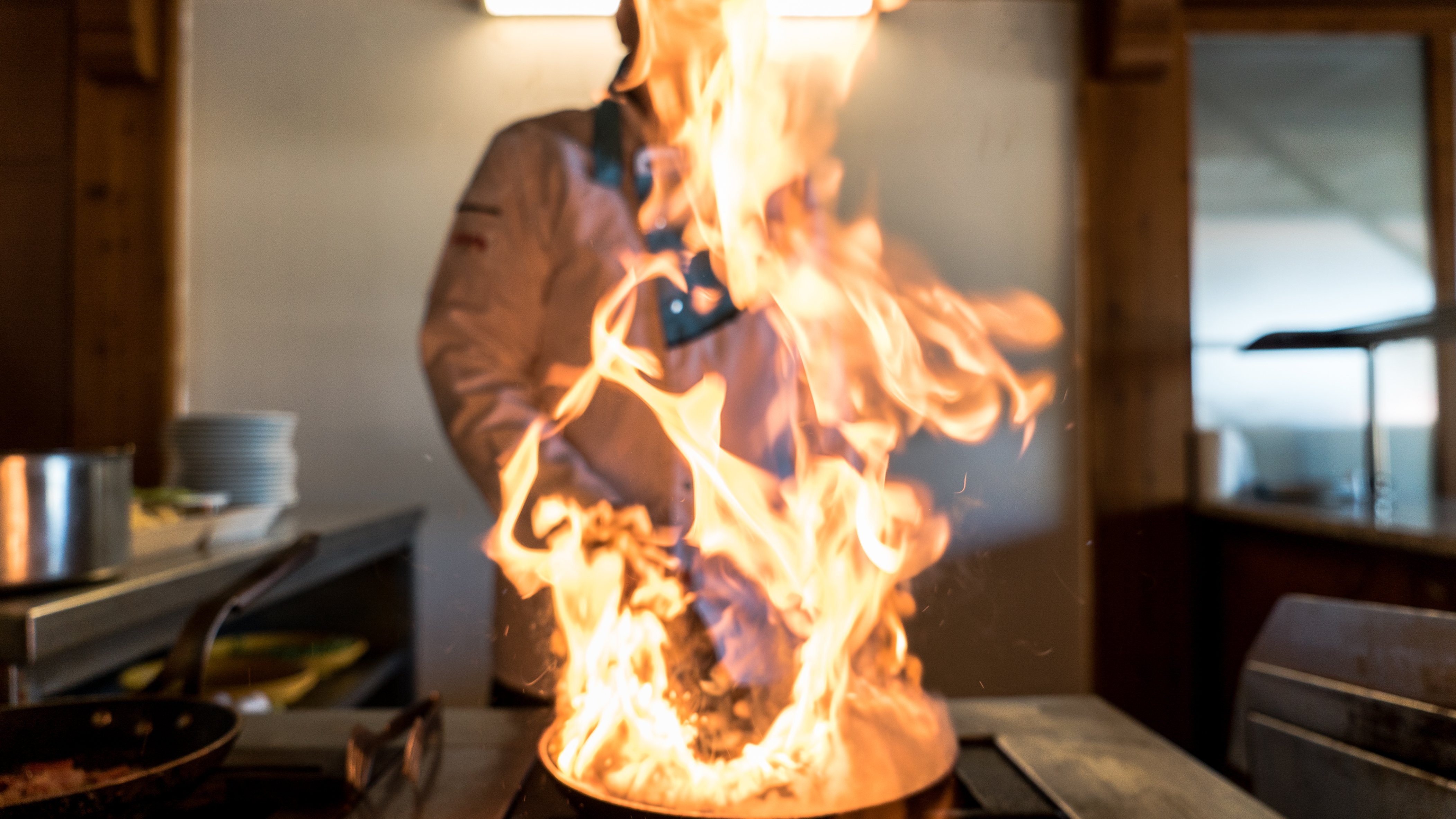
What Is A Class K Fire Extinguisher Used For
What Is A Class K Fire Extinguisher Used For

Find Out What The Symbols On Your Fire Extinguisher Actually Mean Foremost Promotions

Find Out What The Symbols On Your Fire Extinguisher Actually Mean Foremost Promotions
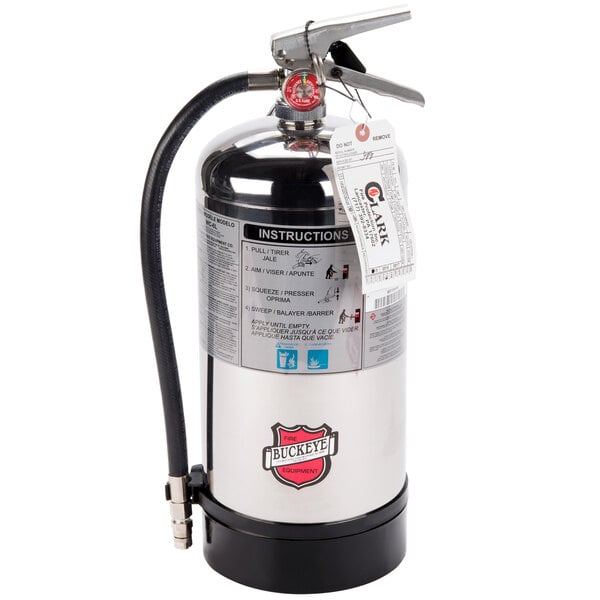
Guide To Fire Extinguisher Sizes Types Ratings
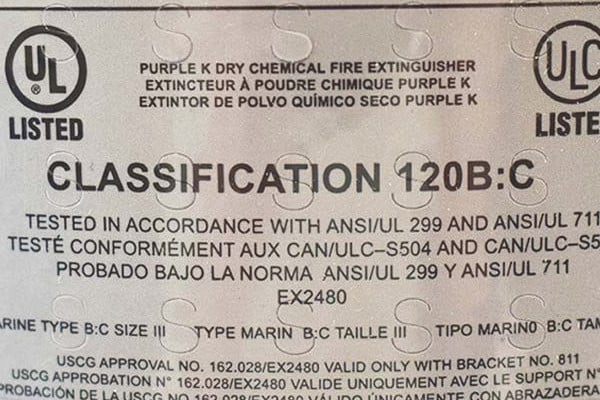
What Does The Number On A Fire Extinguisher Mean
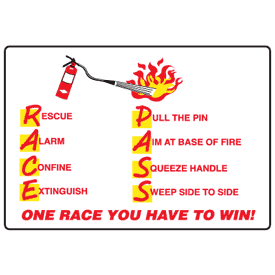
Fire Extinguisher Race And P A S S Procedure Signs
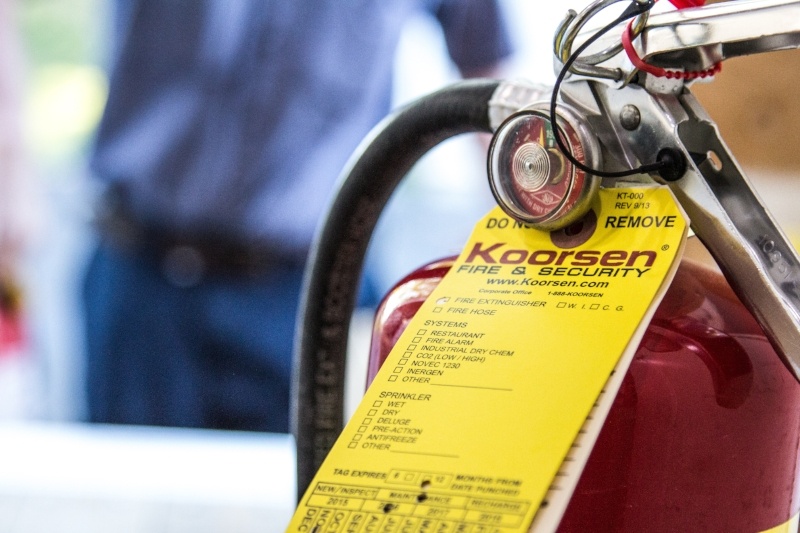
What Are The Different Types Of Fire Extinguishers Their Uses

Parts And Components Of A Fire Extinguisher Diagram For Handheld Portables
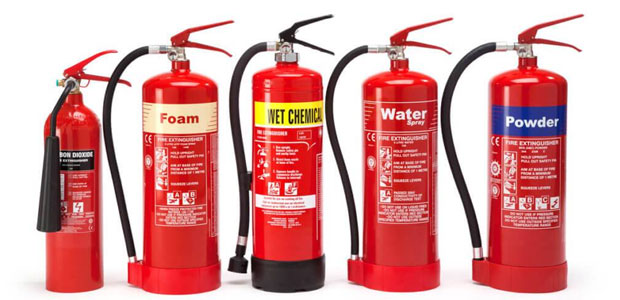
The Abcs Ds And Ks Of Fire Extinguishers Occupational Health Safety
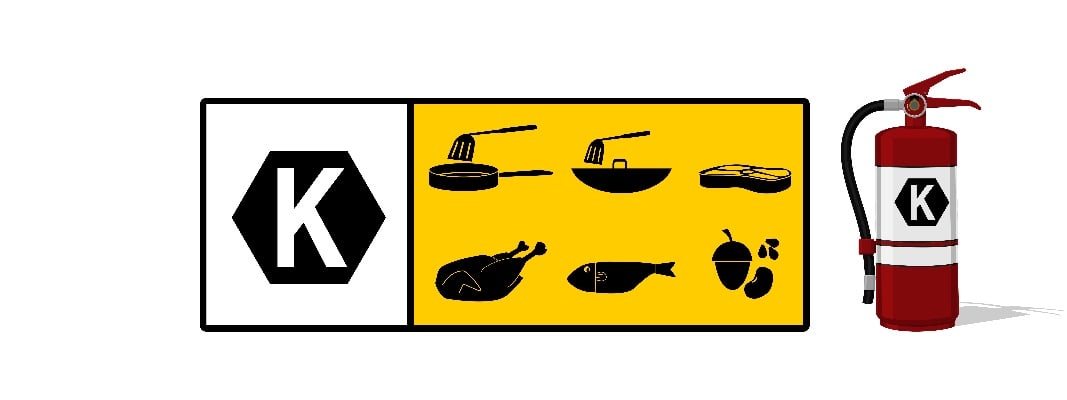
What Is A Class K Fire Extinguisher Used For

What Type Of Fire Can Be Put Out Safely With Water Overview Lawyer Zone